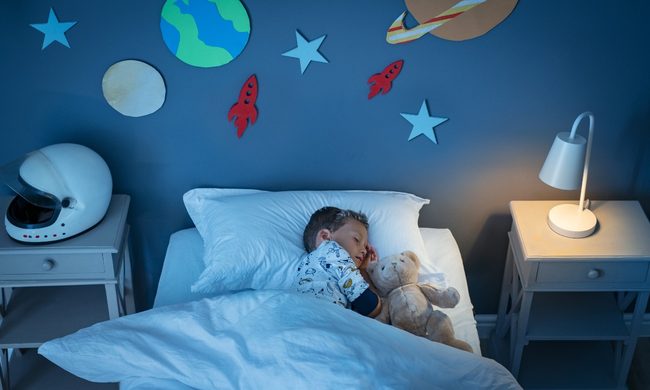Emotional outbursts and children shutting down when faced with a problem are a part of learning and growing up. While a child can’t sit in the car for 10 minutes to calm down after work before walking into the house, there are ways for parents to help their child de-stress to lower their anxiety level so they can refocus.
Brain breaks will give kids healthy coping mechanisms later in life if they get into the habit now. Do these fun and amazing brain breaks for kids when they get home from school, are stuck on an activity at home, or anytime you notice your child needs one.
Breaks that get your child moving

Stretching
Parents know the key to getting out of bed in one piece in the morning is a good stretch. For kids, stretching every day is important for their growing bodies. When a child needs a break from what they’re doing, stretching provides an instant mood boost. There are plenty of YouTube channels dedicated to children’s stretching movements to find one your child likes. Parents, you should probably join in and stretch with your child.
Yoga
If your child needs a deeper break than what a few stretches provide, do a mini-yoga session. Children may not be able to accomplish advanced moves, but cat pose, downward dog, frog pose, cow pose, and flamingo pose are all good.
Jump/shake/tap
Our bodies hold stress in certain pockets. Shaking and tapping along your body releases tension and negative energy. Have your kids tap up and down their arms, neck, legs, and hips, or have them do gentle shaking while slowly twisting at their waist. Add in little hops and small jumps if needed.
Breaks to switch your child’s mind

Tell a joke
Kids have some of the weirdest and funniest jokes ready to try to make you laugh. Return the favor and have a favorite joke book or site to tell jokes when you know your child needs a pick-me-up. Go for a joke and not a riddle, as their brain needs a rest, not more work.
Look up how something is made
Children ask the most amazing questions about how things work. While we turn to Google for help a lot these days, encourage your child’s curiosity. Think of something they asked about (or keep a running list) and watch a video about it. How a pencil is made was an interesting one we just watched.
Play a card game
Maybe don’t start an UNO tournament, but a quick game of Go Fish or Memory Match will take your child’s mind off what they were working on and redirect it to a game they know how to play. Let them pick the card game and go first and help them reset.
Look up a fun fact
Kids love fun facts. They also love to tell you if they already know that fun fact. Look up what packs of animals are called or how many species of bugs there are, and learn a quick bit of random information. The sillier and more catered to each child, the better.
Journal
Sometimes, kids can’t find the words to say what they feel. Give your child a creative space to write out their feelings. Giving each child a journal for the big and small stuff is a great way to allow your child a way to empty their brain of excess thoughts and is a cute way to keep the lines of communication open with your kids.
Breaks for your child’s brain

Meditation
Meditating is a beautiful way to calm yourself down. Even two to five minutes of meditation will regulate emotions and get the child back to what they were doing with a level head. If you have an app, do a small session with your child or let your child sit and guide them through a few minutes of meditation yourself.
Breathing techniques
Proper breathing is one of the most important things we can do for ourselves, but as we get older, we tend to forget how to do it. Work with your child on breathing in and out through their nose, belly breathing, and taking deeper breaths to regulate their body when they need to reset.
Balance it out
Redirecting your child’s focus on something else is a way to give their brain a break, and having a sense of balance is something you want for as long as you live. Get a double win and have your child balance on one leg, do the yoga tree pose, or hold their hand and have them balance on each foot.
Face stretching
Funny faces make everything better. Stretch your face out in as many ways as you can, which will get blood flowing and work kinks out. If your child needs to step away from what they are doing, grab them and have a funny face contest to see who can stretch their face in the most silly shapes.
We all need a break, no matter what we’re doing or working on. Kids don’t have a full arsenal of ways to regulate themselves when their brain starts to shut down. Having a list of brain breaks for kids is something every parent needs — and could probably use on themselves. Give your children tools to reset when emotions get intense or when their attention requires a reboot with these brain break ideas.



